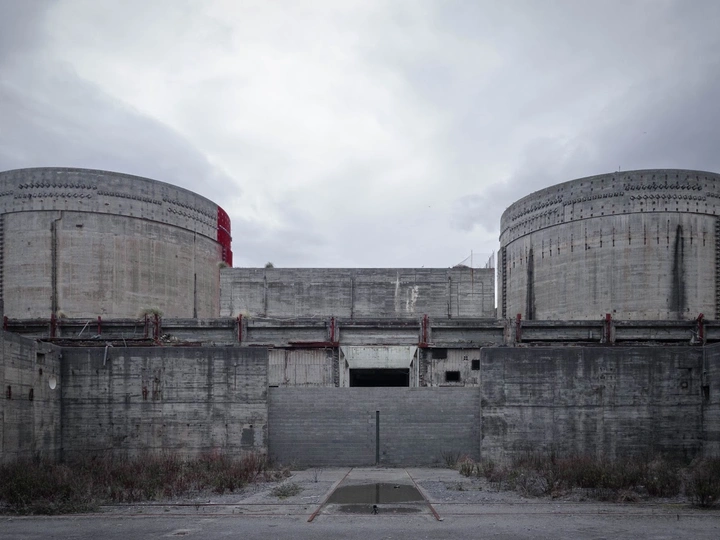Roadside Picnic

Paul Cetnarski, (Duisburg, 1989) B.Arch. in Architecture and Urban Planning and M.Arch. in Architecture and Heritage preservation from Wrocław University of Science and Technology. Research postgraduate diploma from Strelka Institute for Media, Architecture and Design. Since 2013 he is working in an international environment in Bangkok, Berlin, Chicago, Moscow, and Warsaw. Currently a lecturer at the International Program in Design and Architecture at Chulalongkorn University, Bangkok, Thailand.
Roadside Picnic is a research on Zeigarnik's effect imposed on settlements built around Nuclear Power Plants that got abandoned before completion. The incomplete origin myth creates a perpetual paradox that may be an embodiment of exegi monumentum aere perennius in contemporary architecture discourse.
Since the modern advancement of engineering thought allows us to build infrastructure that is almost impossible to decommission, there is a chance that many of those places will stay within our built environment for as long as our civilization lasts. This brings a responsibility on decision-makers and urban-planners that are creating settlements and communities in such a high risk environment. By devoting Ph.D. studies to those communities, there is a premise of finding and highlighting the successful solutions that were already implemented, as well as to define the unfortunate choices that future ventures can learn from.
Nowadays, we are at the verge of the energy industry pivot, where a lot of regions will have to give up their primary occupation (e.g. coal-mining) and transition to sustainable energy production. Roadside Picnic, though its case study will determine the challenges and possible solutions for that sustainable future. The goal is not only to judge implemented solutions and evaluate consequences, but to bring into the attention the necessity of planning for the worst case scenario, especially in times when our built environment is becoming self-preserving due to its engineering longevity.
While the project is under development, many countries are undergoing feasibility studies for long-lasting investments, nuclear power plants including. Even though the project has a very precise focus, it is determining universal values for the phenomenon of monotowns and monoregions. The overarching goal is to build expertise supporting city-planners and decision-makers in transition to a sustainable future.